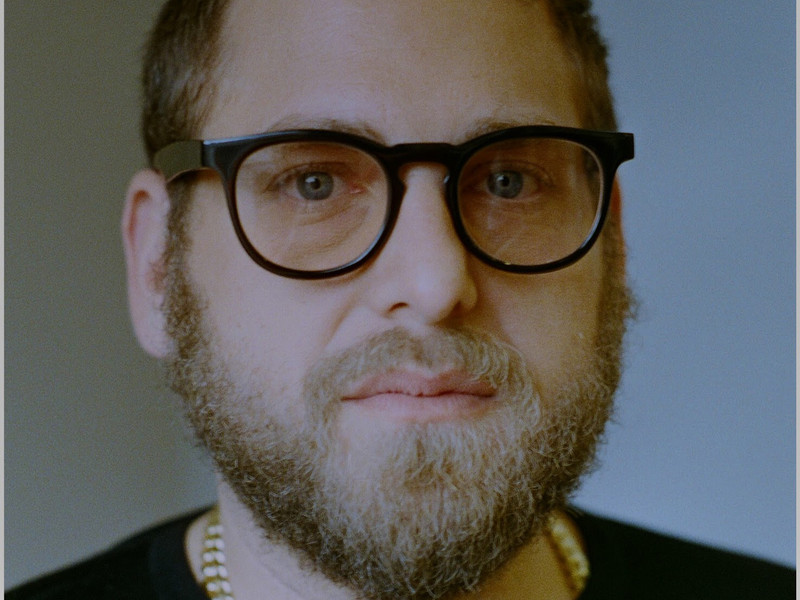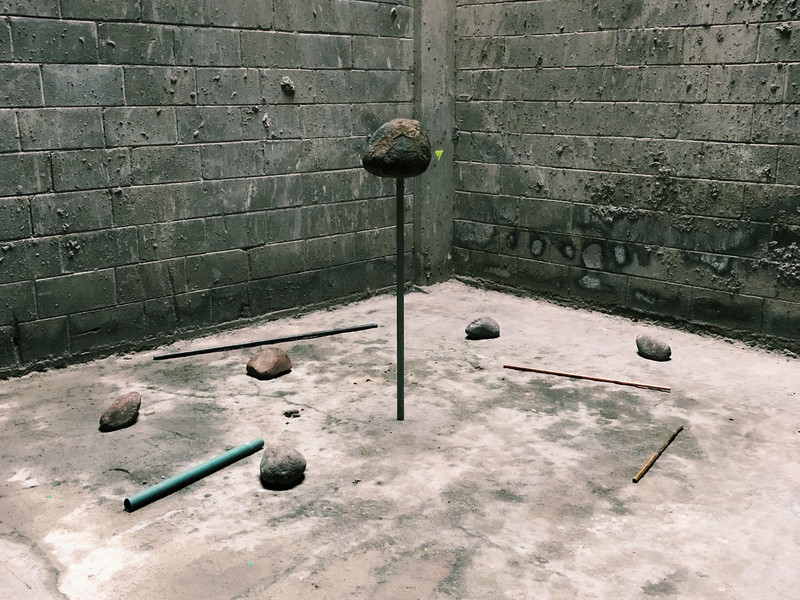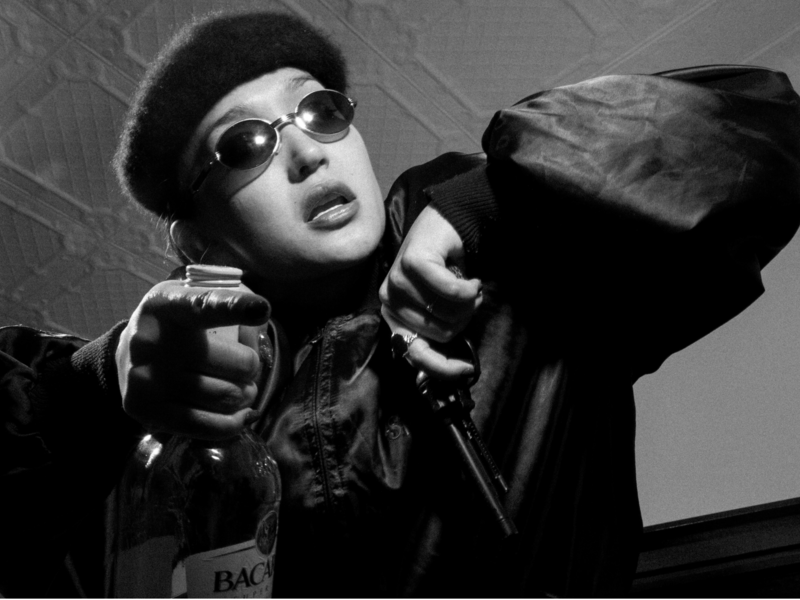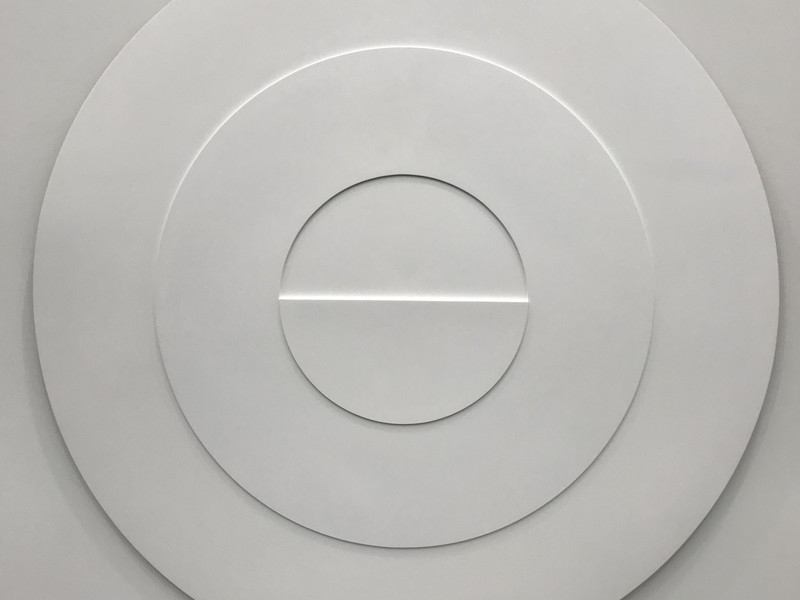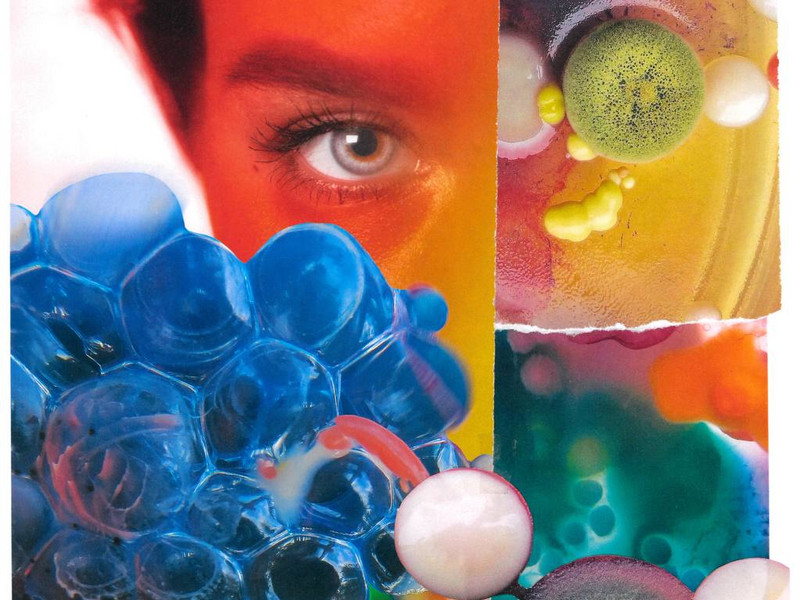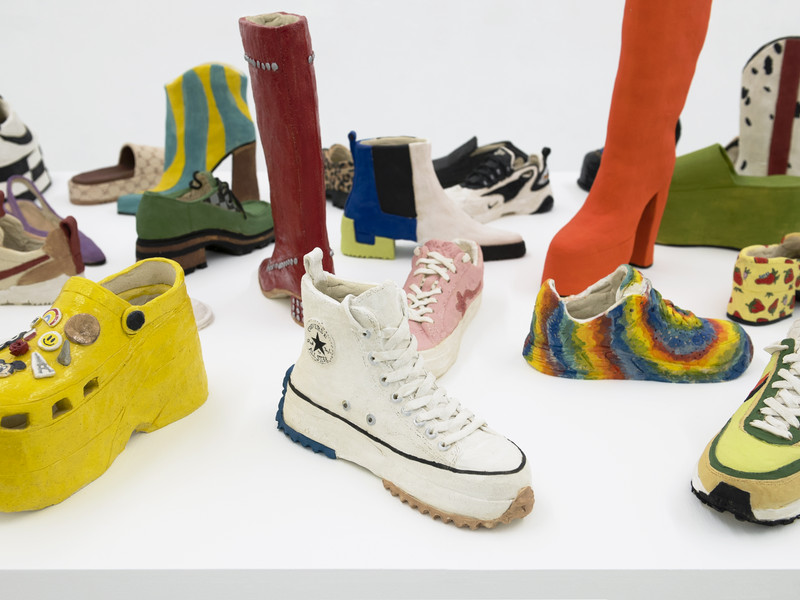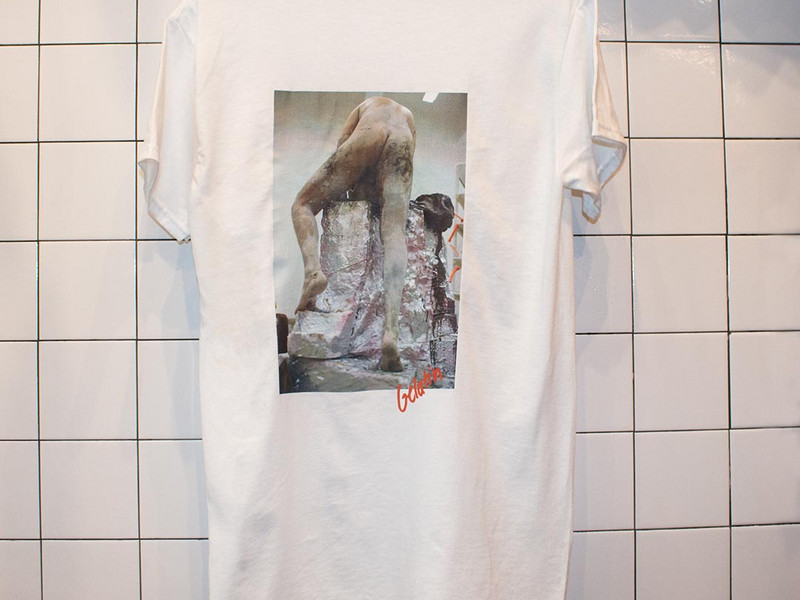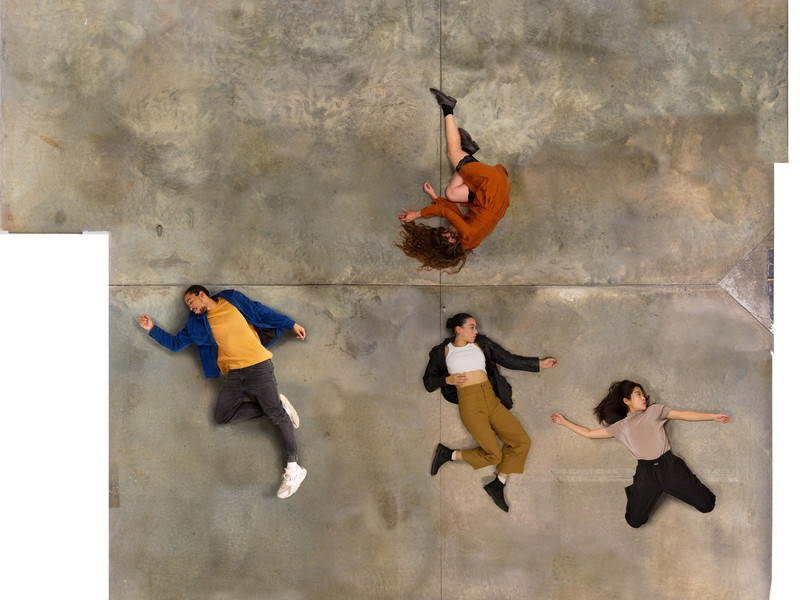How It's Made: Producing Vogue shoots and Converse commercials with Jamie Dolan
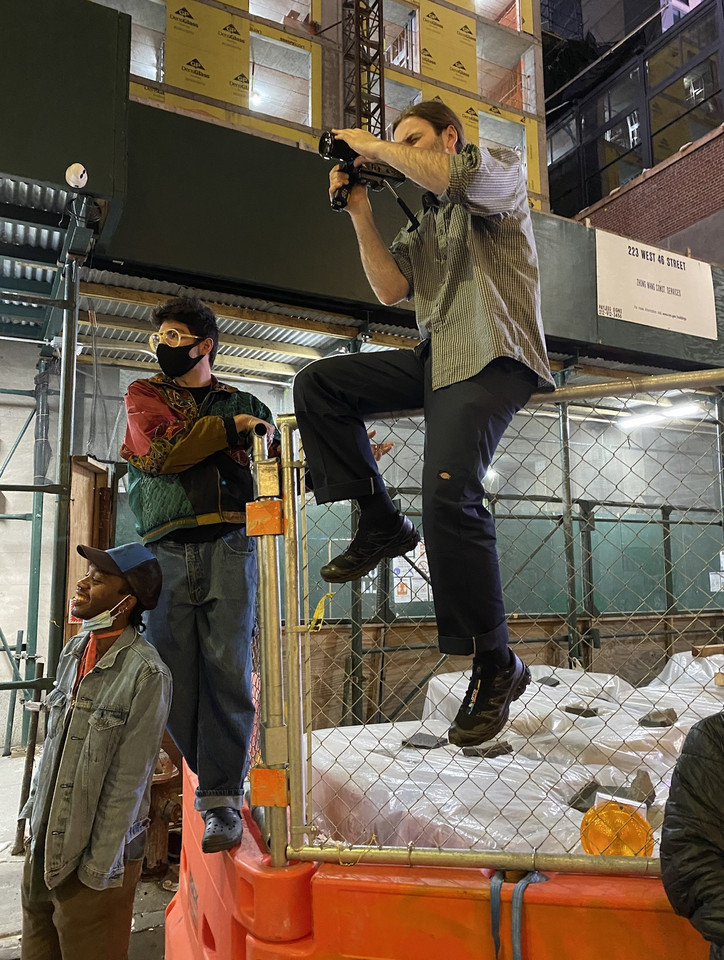
Jamie speaks on his day-to-day by stating "In terms of day-to-day, it varies. If I'm on a specific project, especially in the video world, it's just getting everything together, making sure that I'm supporting the new director as best as possible, and hiring all of the right people that contribute and understand the vision that we're trying to achieve. So it varies, but it's always in the realm of lining everything up from A to Z and making sure things are on track to resulting in the smoothest possible shoot and making sure that we achieve exactly what we want."
It is often seen that producers are this some sort-of recluse and exclusive all-knowing beings that have the solution and money for every project that falls into their peripheral. And oftentimes, it's perceived that they are celebrities making an investment on a project that usually have no oversee. However, in our interview with Dolan, it became evident that his drive and microcosm of inventiveness and imagination destroy all allegations that represent an industry of nepotism, connections, and quick cash grabs. But yet lies a young creative looking to expand a industry and create projects that have the big budgets and the name of big brands, but the heart of high school classroom video projects.
From Vogue videos to converse commercials, Jamie Dolan sits down with office to explain the process behind some of his favorite projects.
Louie Lopez Converse Skate Commercial
How it was made:
A friend of mine, a fellow producer named Adam Maffe, reached out to me and was like, okay, I have this good friend that I've worked with over the years and he has this converse project for Louie Lopez, one of the great young skaters alive right now. He asked me if I would wanna produce a mini film yet intended to be a commercial for Louie Lopez. Myself being a young skater for many years, like sponsored at one point, I love skate culture and grew up in New York, so I was super pumped about that. We just came together and put our film brain, so how can we do this properly and then went forward doing that. Then on the day, we just brought together all of Louie's friends and fellow pro skaters and just shot this mini-movie for his shoes.
It was tricky because it was live-action with these shoes that are intended to come to life. So we had to wire and rig these shoes to be walking for VFX purposes. It was so nontraditional too because, in this skate world, these kids just don't give a crap. So it's like, everyone's onset, drinking as if they're having a skate day. It's just like really trying to get them to focus and shoot a video, so it was a lot of fun. It was nontraditional in any manner, but it was a blast.
Well, it was, it was interesting in that regard because the director Bryan, who did this video, came from a background writing on an animated show for Tyler, the creator. So he was very savvy in that space. He was like, okay, we need this to happen. I know exactly how I want it to look on screen and Adam, a producer was like, you guys need to figure out how to make that happen. In the easiest way possible that it'll result in spending the least amount of money in post-production to get it right. So that's where we had to get creative in terms of the execution versus the creation of it. So, you know, we got down and dirty, we managed to rig these shoes off of a fishing line.

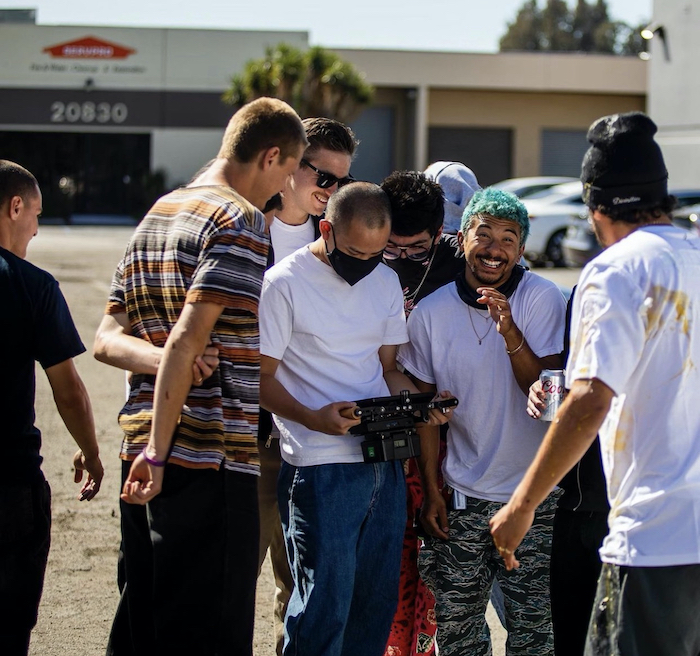

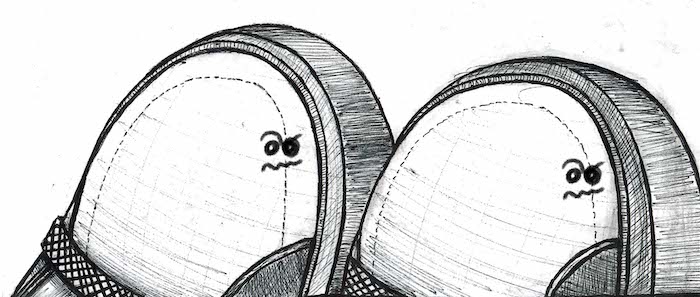
Then we would have to be on each side of the camera, holding it, walking it with it on a rig. So a lot of our execution was figuring out how to get creative in terms of making it work rather than like the creation of it, but like making it work and look good, whereas like, it actually would sell. When you rewatch the video, you see these shoes bounce in there and they're not at the shoe itself. It's the shoe, so I felt that it was very tricky to support the ultimate creativity of it and make it look good and not be cheesy.
So the director and Louie grew up together and they always wanted to work together and do something creative together. Bryan comes from again, a TV, film background, so he was like, "Okay, you know, all these commercials for shoes we've seen are boring," and then he was like "How could we make a movie out of this? " So his idea that we discussed with it was really to make this a fun film taking place in the neighborhood that Louie grew up in and incorporating all his real friends and his parents. So I think it was just a play on an old thrasher video. But with the narrative, there wasn't any particular stemming of how this video turned out to be. It was more so just the roots of wanting to break traditional commercials and storytelling.
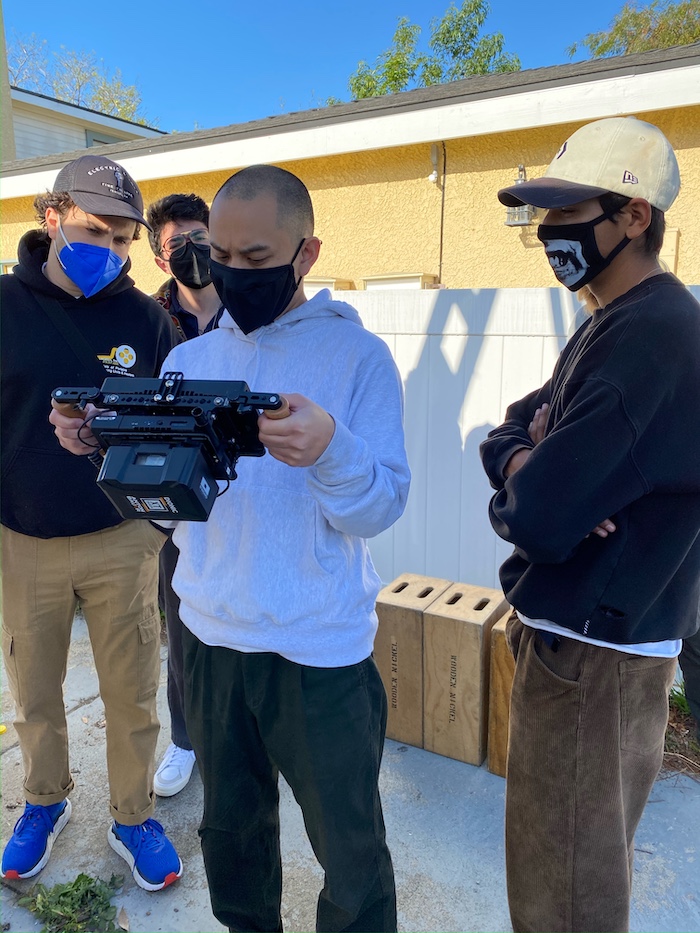
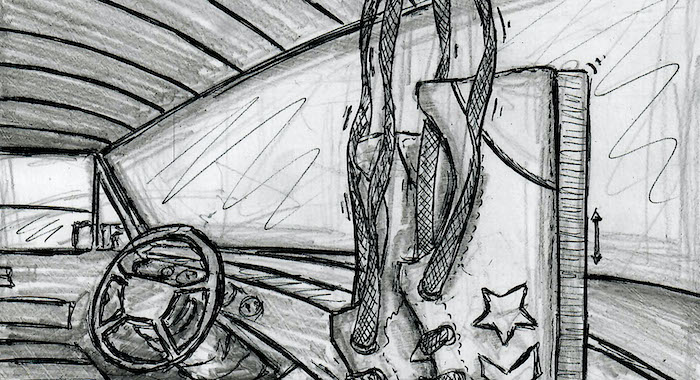




So this one was a project in collaboration with Vogue and Vita bird called '24 hours off with Ashley Park.' Ashley Park is one of the stars in the Netflix show, 'Emily In Paris,' so this project was interesting. My friend Miranda Kahn, founder of MIRMADE, hit me up and was like "There's this Vogue project that needs to happen in Paris. Paris is in lockdown. We obviously can't go there and do it. Do you know anyone in Paris that can make this happen? And if you do, we'll take the job and you run it from the states in alliance with a company in Paris." So I was like, "yes, I know people." So I called my friends, Ruben Amar and Lola, and immediately they were into it.
They're both directors, writers, creatives, and have their own production company. This is similar to a lot of the stuff I do, I feel like I always get high to break the traditional way of doing things. So in the past, Vogue has been very traditional and cookie-cutter with how they've done these 24 hours off and they've come off feeling very interview-y and just not as enticing to young people. So they wanted us to break that and make it more cinematic and appealing to young people. So the idea with hiring Ruben and Lola is they're film people and I was like, they could bring something very cinematic and real to this and make it not feel like an interview on this actress's day off.
I was in New York watching and overseeing through a live feed, basically a zoom run through a live feed while they were on set producing the project. It was very fascinating because when you see the result of this video, it feels like a little short film. It's very cinematic, very beautifully shot. Very interesting. At the same time, I was sour, not to be, Paris producing it because of the lockdown. It was a beautiful experience to be able to bring a project to life internationally while not even being there.

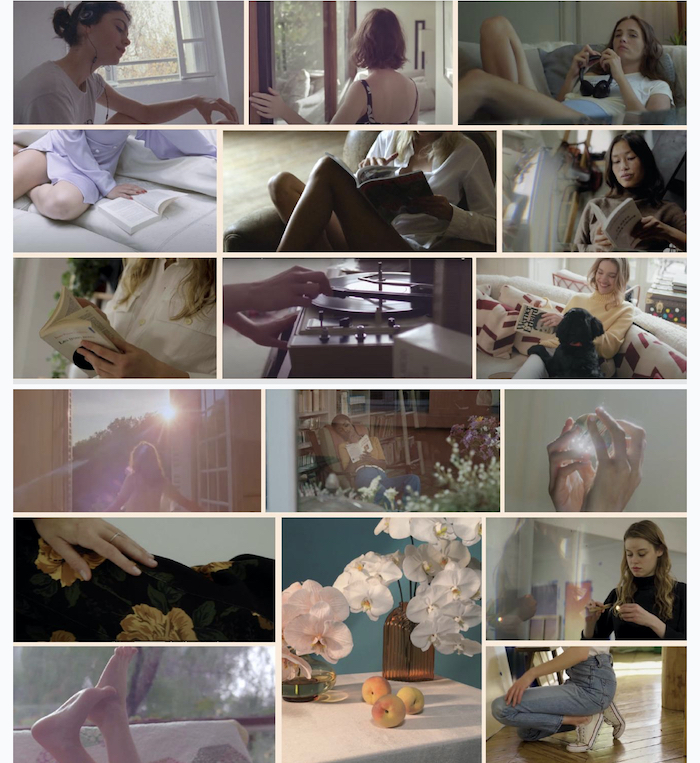
I produced the video, so I was overseeing every aspect of production and making sure that we were not only delivering cinematically, as we pitched the client. but that we were delivering enough coverage of the product. That was a big thing with the client and making sure that we did it in a way that also did not come off cheesy and felt like we naturally implemented it [the product] versus being like, 'oh, here is this product that I use every day.' Instead, finding a way to do it in a smooth mannerism which would sell. So a lot of my job day was making sure that everything was delivering how we wanted and making sure that we were gonna have something that was appealing and felt real. So I was very big eyes on that and then in pre-production, I was overseeing everything, and post-production overseeing everything in. Then we ended, we did part of the edit and postproduction in Paris and then the rest in the US.
The project ended up going on for at least a month because when we initially got the green light on producing the project, It was like configuring dates in which we would be able to shoot in Paris. But, this was in May of this year and I believe Paris came off of lockdown on May 18th. I think the only day we were able to shoot was May 18th, literally right in the heat of it. We knew that if we wanted them to do it, we had to figure it out quickly, which was tough because it was just times were a little bit slower and there was less crew available.
So it was very much a struggle of getting it off the ground. Then by the time we finished filming it, we had to put it through a team and edit and then had to go through so many different phases of making sure it landed exactly how we all wanted it. Vogue and Vito were very collaborative with us and the director. So it didn't feel like the client was just like, 'I want exactly what I want or don't care about your vision.' They very much respected us as producers and Lola as a director. So they gave us a lot of free-range and delivered different versions that felt good to us. So we did get the opportunity to spend a little bit more time than we may have normally on any other commercial because these things are a quick turnaround. We had a little bit more time to play with it, so it was with me for at least a month, a month and a half.
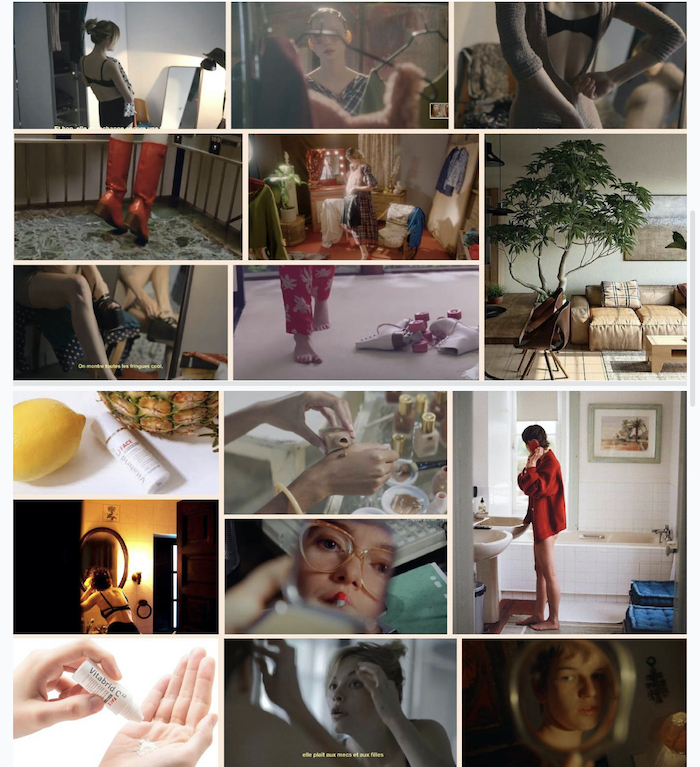
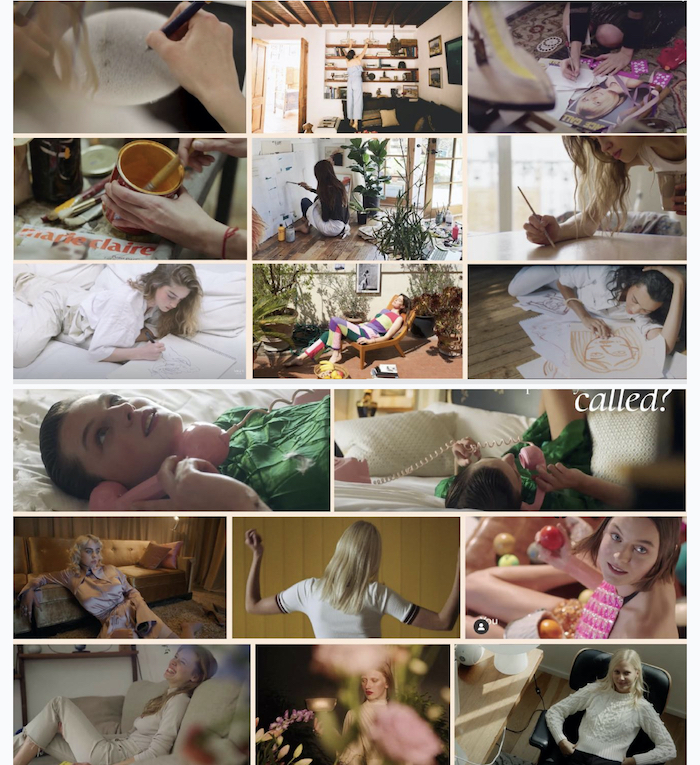
Originally that [Kid Cudi X SZA for Cadillac] ended up being a shoot. That project happened this summer, late August. So I was living in New York all summer with the same friend of mine, Miranda Kahn. It was a collaboration. They were collaborating with a bunch of different artists and doing shoots to promote the car.
So yeah, I was in New York and she called me, she's like "We have this project that is most likely starring Kid Cudi and SZA" and asks if I wanna produce it. She said I'd have to go to LA tomorrow. I was like "Oh hell yeah." So I went out there and this was not only a non-traditional process, but also a non-traditional shooting experience. So working with multiple different parties, there was the client, which was Cadillac as well as the influencer team, which was the middle bridging gap between us producers and Cadillac. Their responsibility was to one, secure the talent, and then two deliver on all promotional advertising.
So basically capturing everything made in terms of the role at when the shoot was done. So they were heavily involved with talent. So for the first time, I wasn't responsible for the talent per se. It was a huge lift off my shoulders, there's just so much that comes with it. So it was in LA, we're supposed to do a video, turn into a photoshoot and they're like "Okay, SZA has her photographer, but we need a photographer for Kid Cudi. He's very selective." right off the top and I had one person that is perfect.
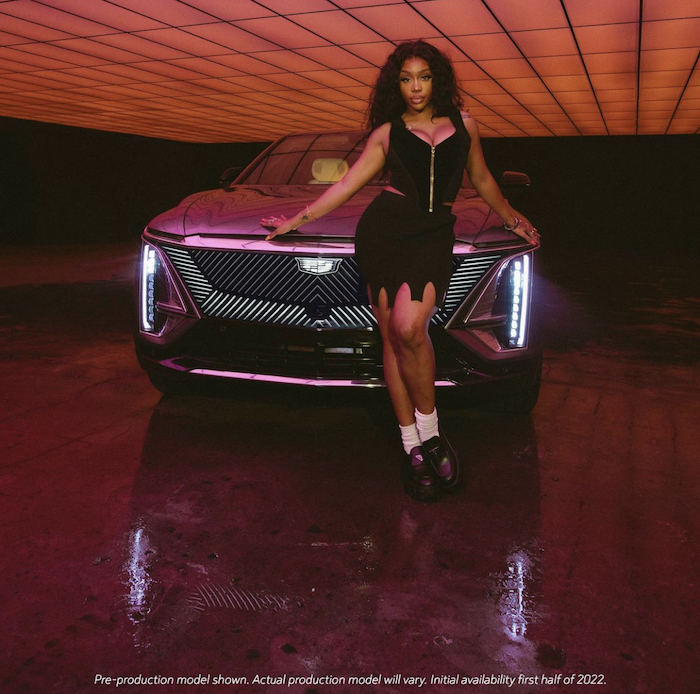
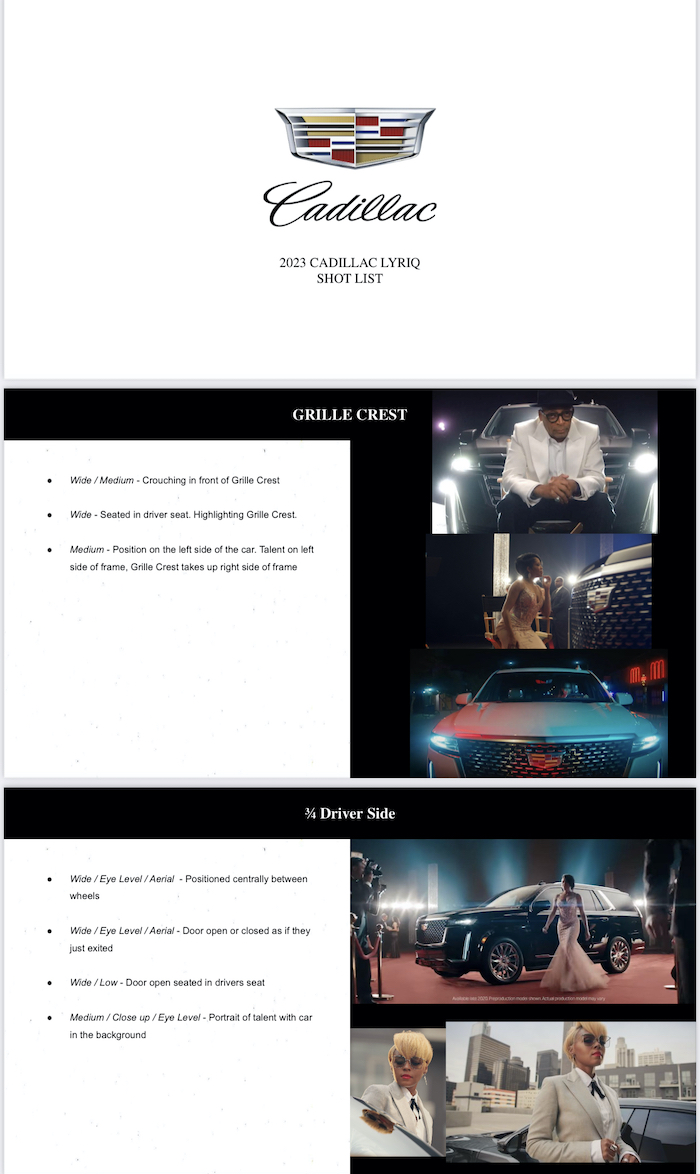
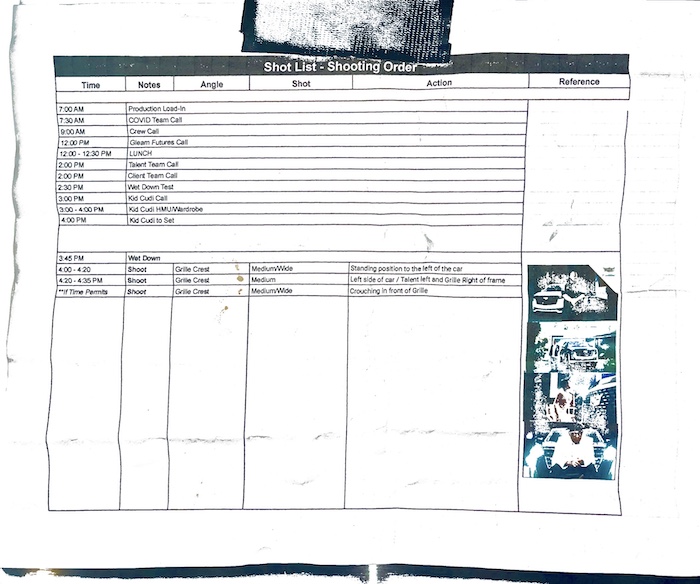
It was my friend, Bryan Allen Lamb. He's been a celebrity street photographer for many years and just knows how to truly capture people. I pitched him to the team and they loved him. In terms of the day of shooting, it was interesting, we had the whole Cadillac team there, the whole influencer team, and Kid Cudi. It was a two-day shoot and each day was so different because of different personalities. They were both amazing and so kind, but some people are just more private and quiet, others were super giddy and loved it, but it was very not a traditional experience. What they wanted to do as well was like "It needs to be commercial to sell the car, but at the same time, we want it to look cool, represent, and feel like these artists."
If you look at the result, you could see Kid Cudi's is super laid back and chill. He even wears his chain in it. Then with SZA, the lighting change is completely different. The photographers were so different and had such different approaches. Brian was more street straightforward the photographer who shot SZA's was super colorful. The location was already preset, Cadillac and the influencer team were sent to this location, and it's a very famous location in LA. It's the 'Bat Cave;. It was super cool because the entire ceiling, had all these LED lights and you could do whatever. Everything was broken out that deck and It was structured based on angles of the car that needed to be shown. So we had to come up with a shot list.
It was so weird because technically the photographer was a director and it was a photoshoot, but it felt like it was treated just like a video shoot. Everything was shot listed, everything was broken, it was all structured like a video, but it was a photoshoot. So we had to come up with different creative ideas in which we would capture certain angles of the car so it would look cool and good. So that took a lot of time going back and forth with the director, myself, the client and making sure that we walked through everything and it worked and didn't look the same in every single photo. So that was very hard to achieve. Even the wet down, we decided to do a wet down on the floor. It changed the shoot and made it so much better.

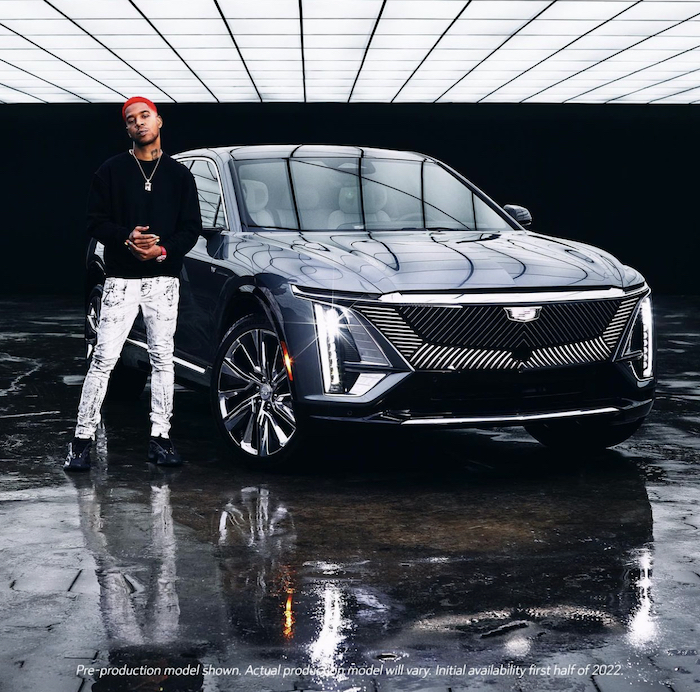
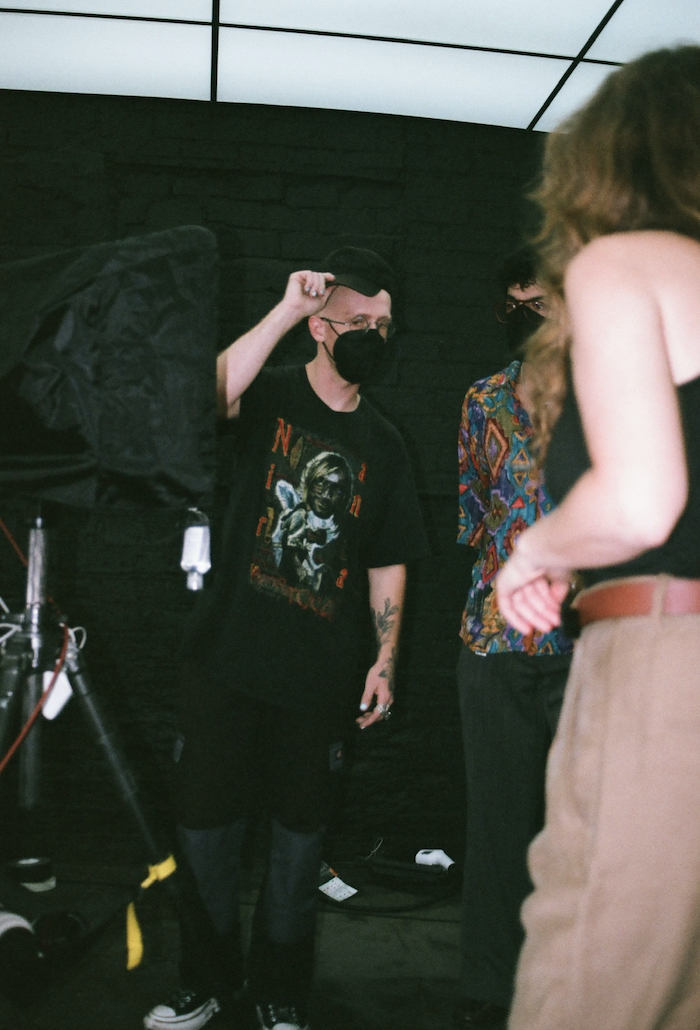
I co-created it [the podcast] with a former collaborator of mine. We started it at the very beginning of COVID, which was March, and had this idea to create something that wasn't as depressing as everything that was happening in the news. We needed to figure out something to keep people sane, happy and give them a space to express how they're feeling. So we reached out to all of our writer and filmmaker friends, and we're like "Look, we have this idea for a podcast, a series of stories inspired by the world we're living through but needs to end with a positive twist."
We didn't want to ignore what's happening, we wanted to speak about those things, but we just needed to make sure it ends positively. I had 50/50, feedback. Some people were like "I'm in, I just don't feel good and I'm in no space to wanna do anything." Others were like "Tthis could help me a lot, I want to be creative and I wanna fight through these times." So we were like "Okay, it's happening now." We collected a bunch of scripts, had $0, but we were like, 'we could do this based on relationships we had with talent.' Knowing that we're both creative people, we ran with it and we were like 'since we have no money for advertising or anything, we need to be dishing these out quickly and a lot of them to get attention.'
So we were doing two a week and the process beyond it is insane because we would have to collect the scripts the week of, just because we didn't have time. So we would collect two scripts a week and figure out how to cast them. We were aiming for celebrity talent because we didn't have money to advertise or promote. We needed to get the word out there as best as possible and quickly. Once we cast them, we'd have to have the actors record and we weren't in a position to be sending any sort of recording devices to people. So we came up with a technique for the actors to record from their iPhone in a closet, following this very specific recording guide that our sound designer had put together and actors record, deliver us to audio, then we would have to edit the audio together.
Then our sound designer would come in and would sound design the entire space that I lived in and sound mix everything for it to sound proper from like a laptop. Then we would hire a composer to compose the episode from their house based on all that. They'd be released every Wednesday and Friday. We usually had two days if that could put that all together at the level we were doing it, which when you go back and listen to 'em, they sound like they were recorded at a professional studio.

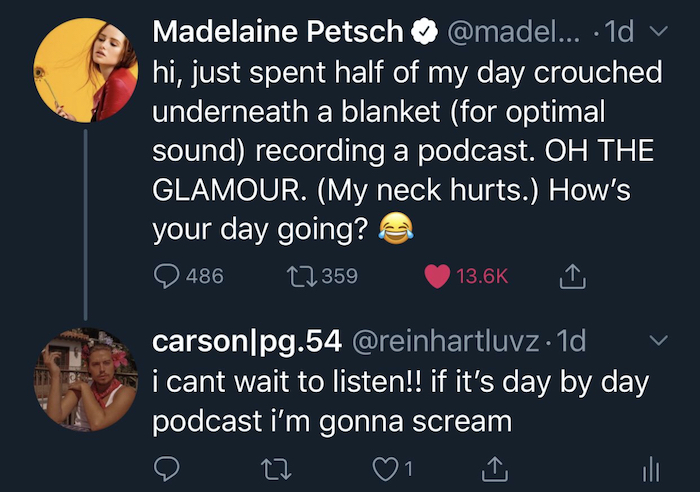
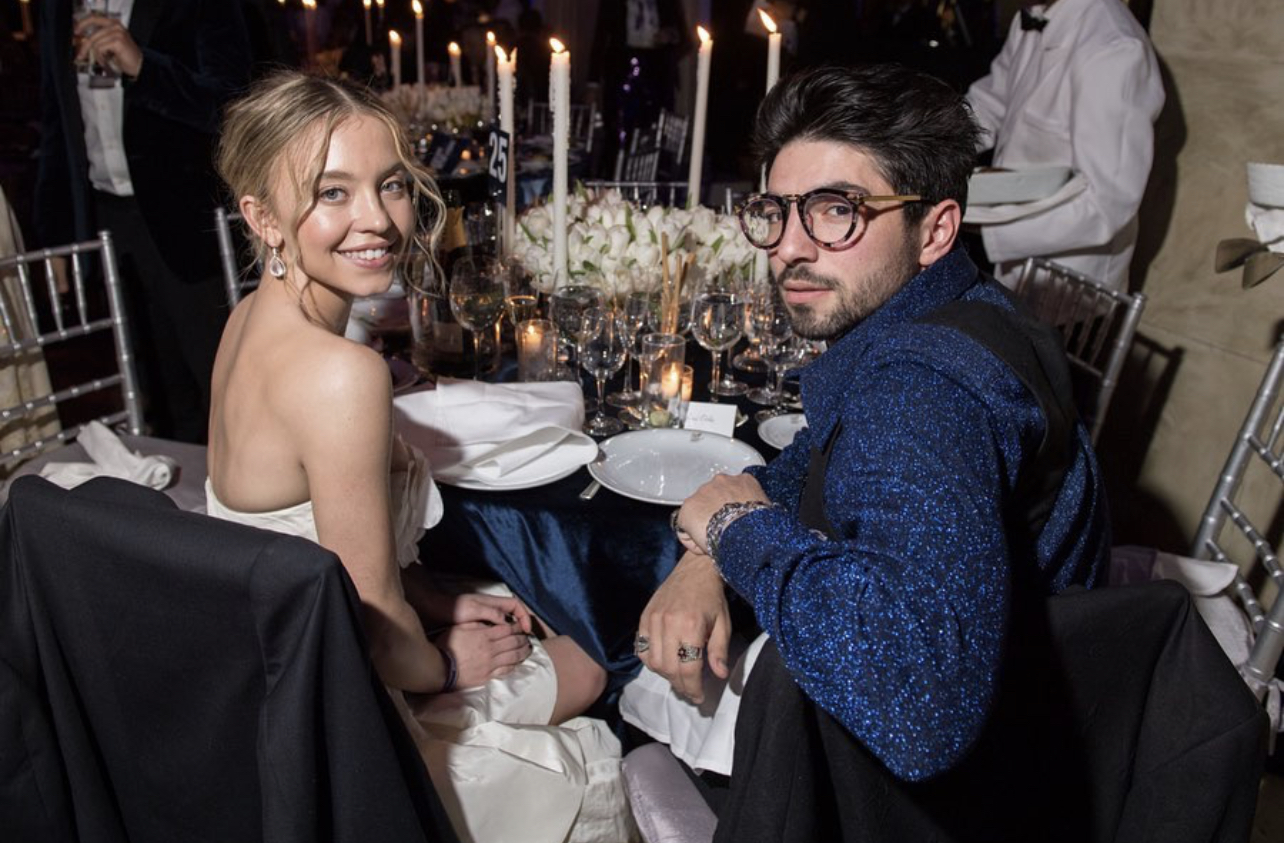
so the first few, like the first two episodes we were really like, we just needed to utilize who we had in our immediate corner and a friend of mine, this guy, Allan Mindel, I hit him up and I was just like, "Hey, we're doing this podcast, If you have any talent ideas as time goes on, let me know.: He was like "What do you think about Julia Fox?" I was like, "Oh, I love Julia Fox, she's great. She was just coming off 'Uncut Gems' ". Then he's like "she would love to write one." I was like "oh yeah, I didn't even know she's a writer. Then he's like, would you let her write one? I was like, ah, of course!"
So Julia ended up writing one of our first episodes and at the time was just like, again, coming off on her, such a good opening, she was a good person to have been involved in the opening of it. It took a long while for it to take off and we are featuring a lot of very great, talented people with huge platforms. Every episode highlighted the charity and we were raising money for whatever was happening in that current moment. So we very much tried to be in good timing with what was most likely necessary during these times.
It was very discouraging at first. because we were five, six episodes in and we're like, wow, these episodes are pretty powerful. They're all talking about what's happening in the world and also inspiring people while highlighting charities. It sounds like it's a beautiful escape and it's meant to help people and it's like, nobody cares. Then we got an episode with Camila Mendes and Lucas Hedges, which people responded well to, obviously they're both such incredible and respected actors. The numbers started turning around and people were like, I'm curious, what is this?
The biggest turning point for us was I think it was the following episode of two or so episodes after was an episode with Josephine Langford. It was a 15, 20-minute long script of her just speaking about mental health and not being okay. It is okay to speak about not being okay and we know that she was as big as she was international. Sometimes we always tried to get the episodes out at night, by 8:00 PM because it took so long, but for this one, we couldn't and we didn't get it done until 5:00 AM. Then it really kind of caught on, but it bracketed us into this young demographic, which all these girls are 14 to 18, just sobbing and being like,"oh my God, that's my favorite actress" but they didn't understand at first what it was.
They were just like "wait, my favorite actress is speaking about how she feels right now and I feel the same way and this is so important." So I think people were just like, oh, but they didn't know what was happening. Then they started to dive in and then they're like "oh wait, why are all these other actors I like in it too." From that point is where things changed.

